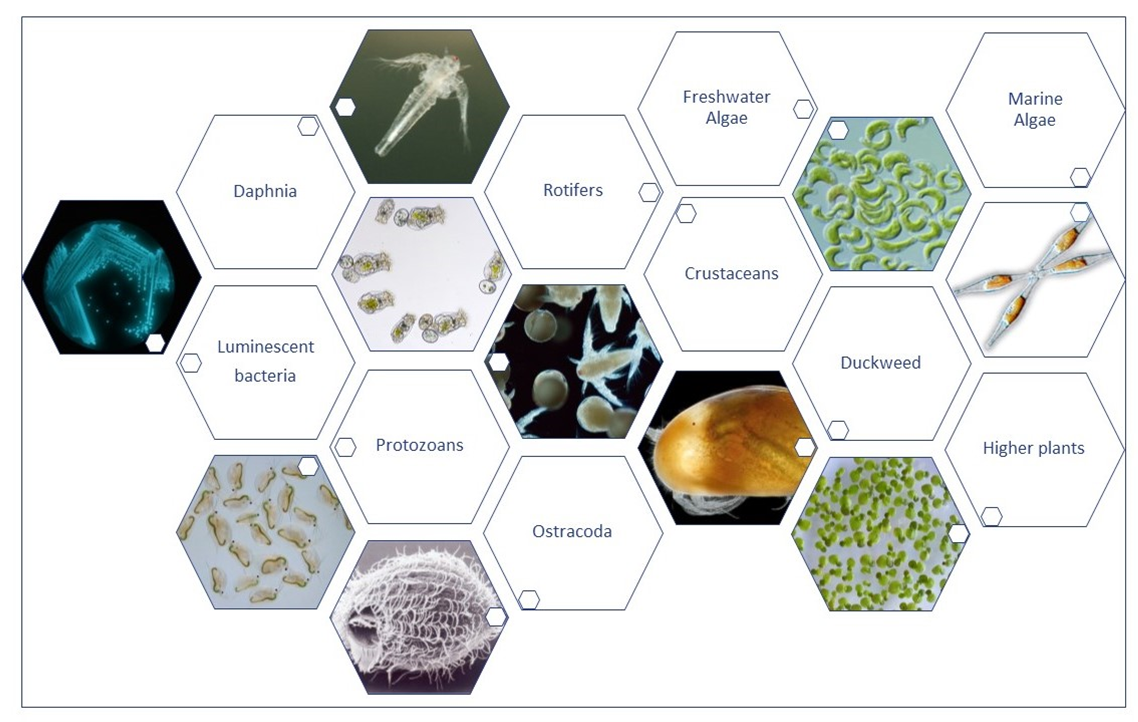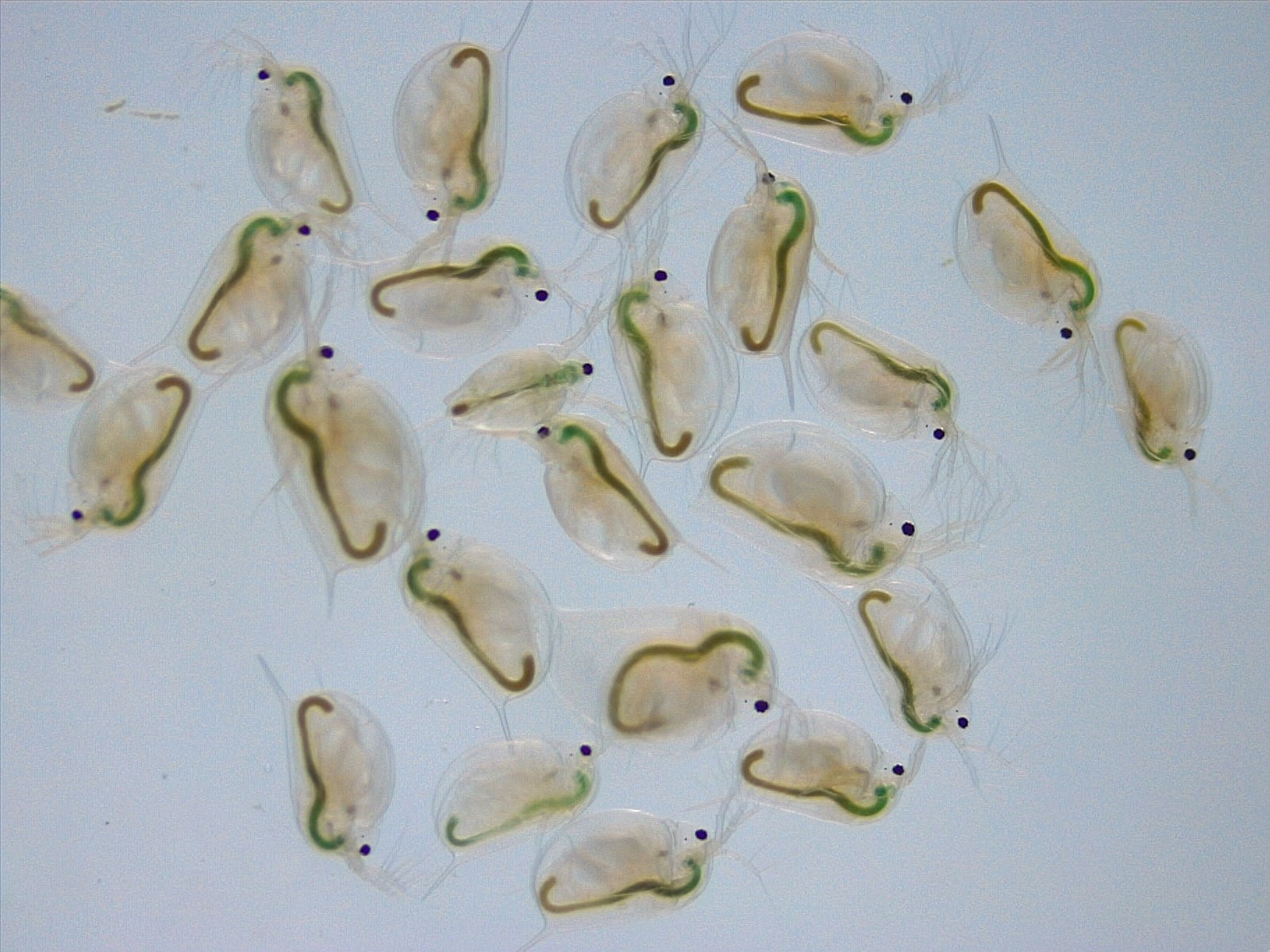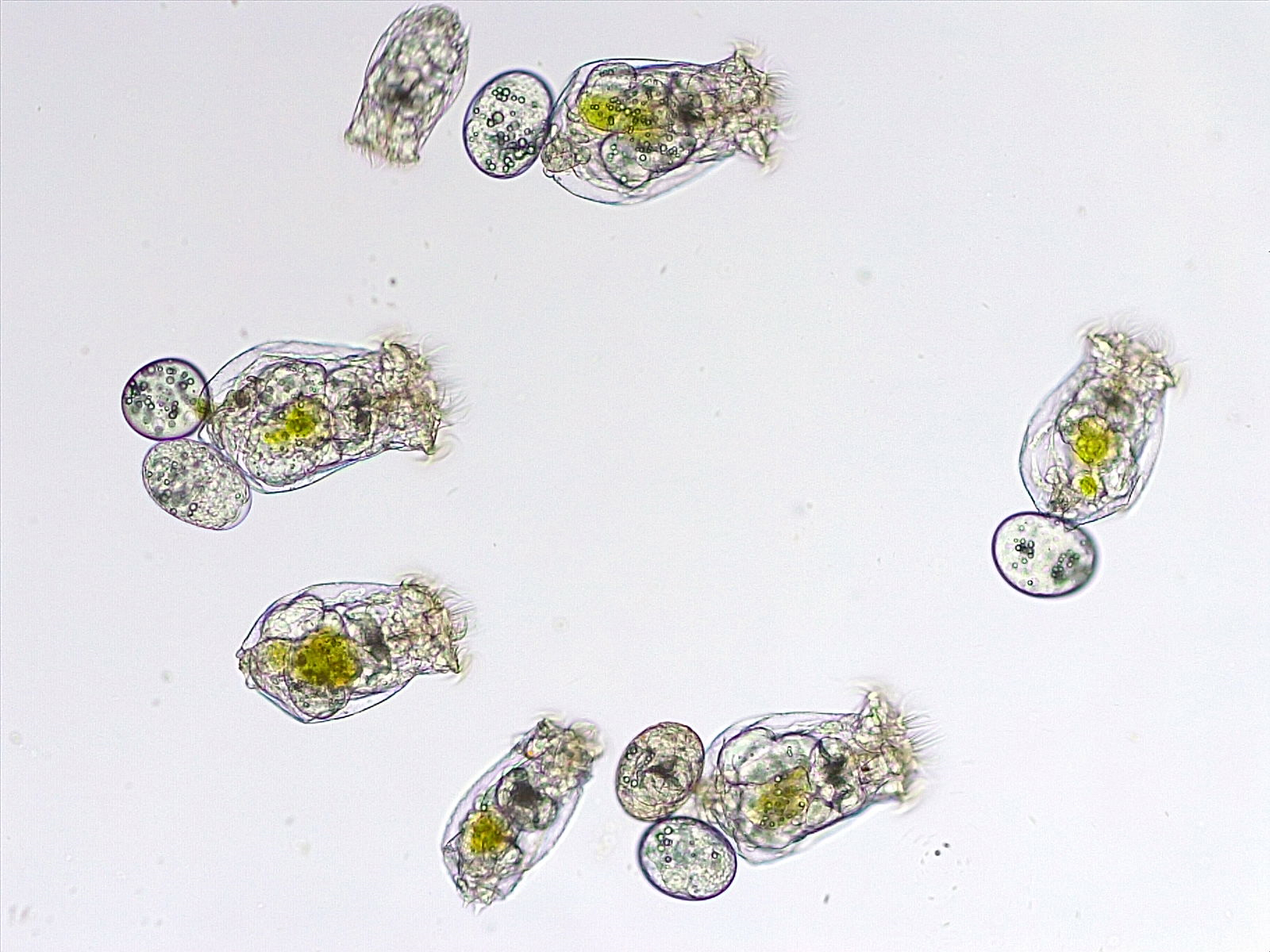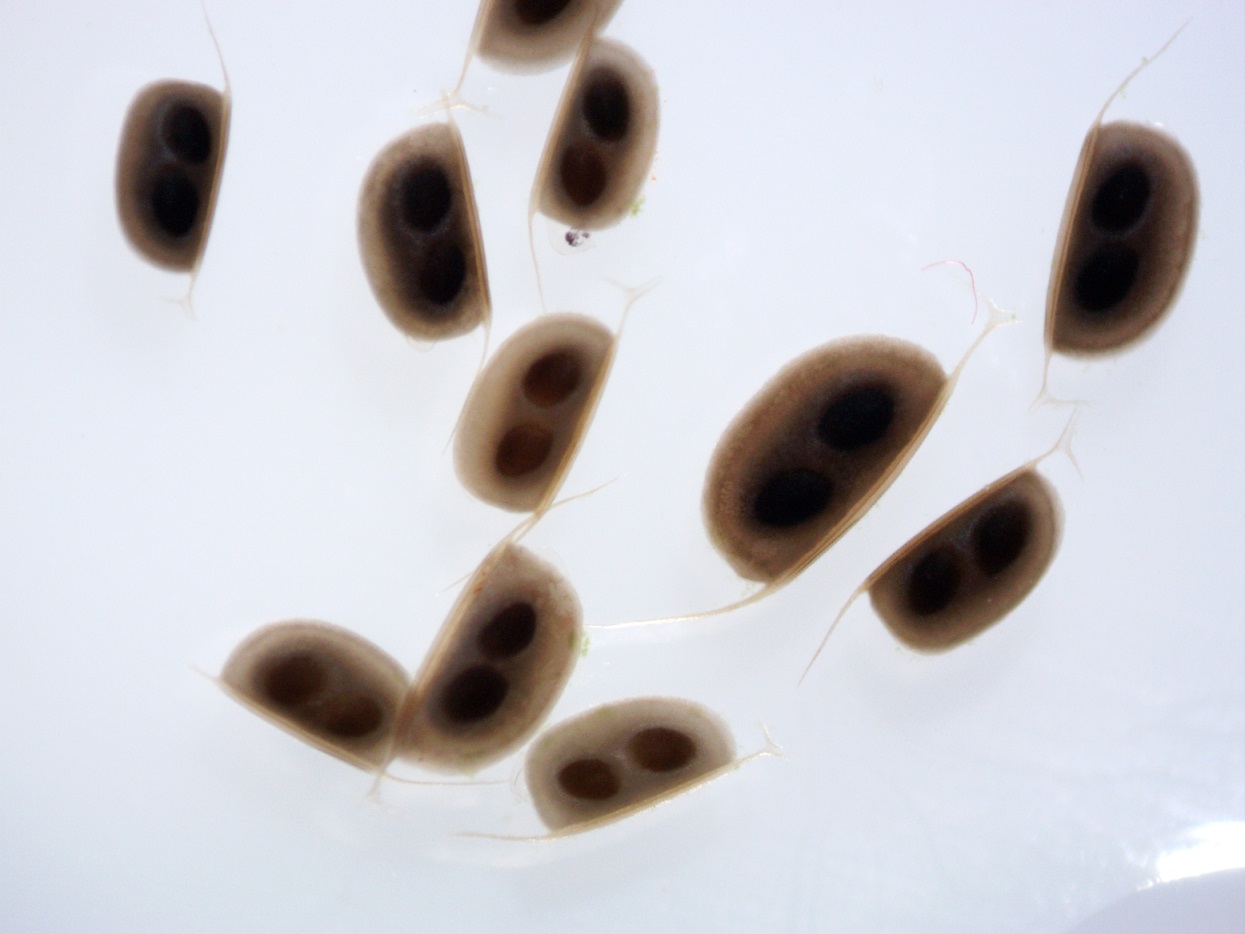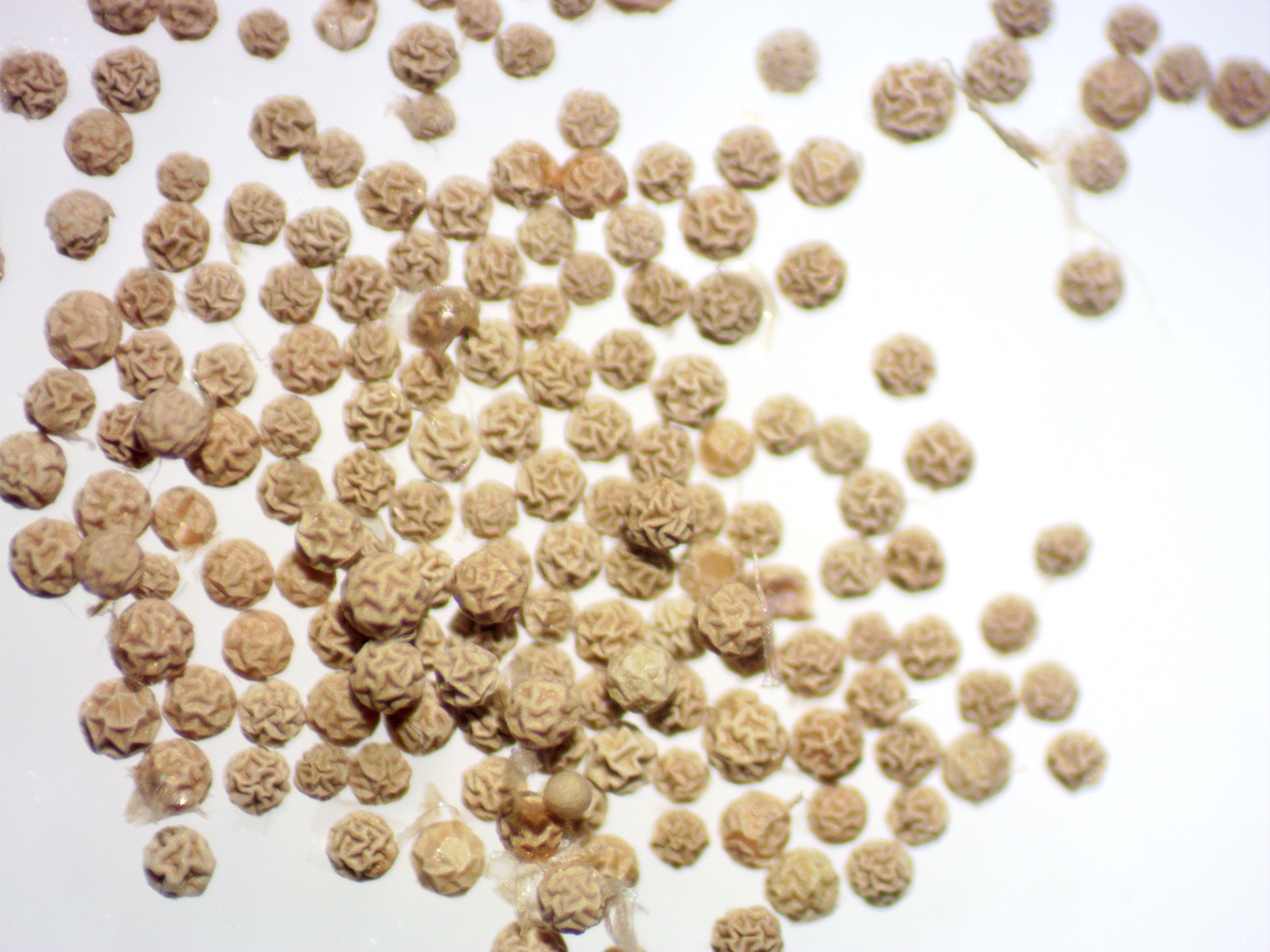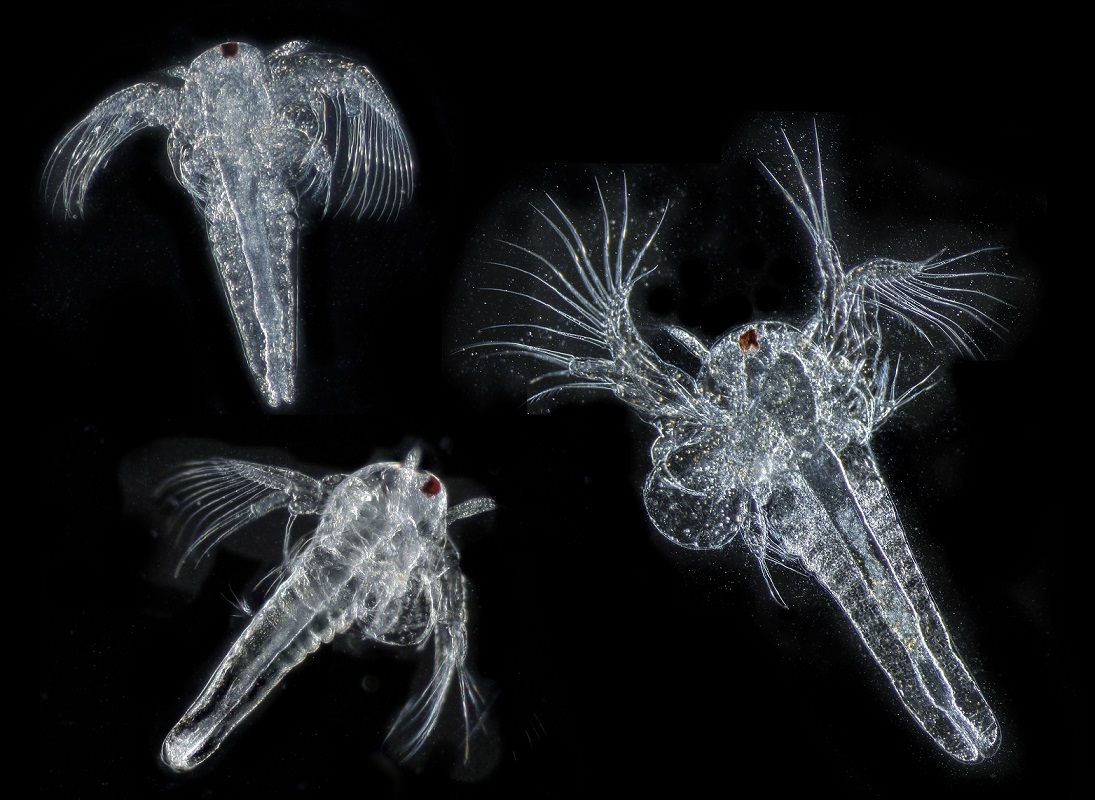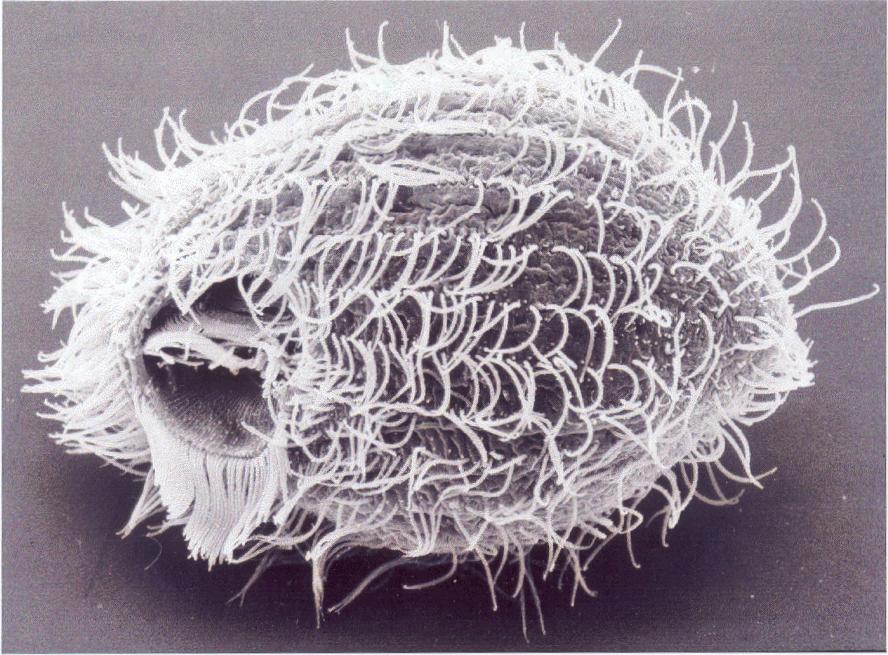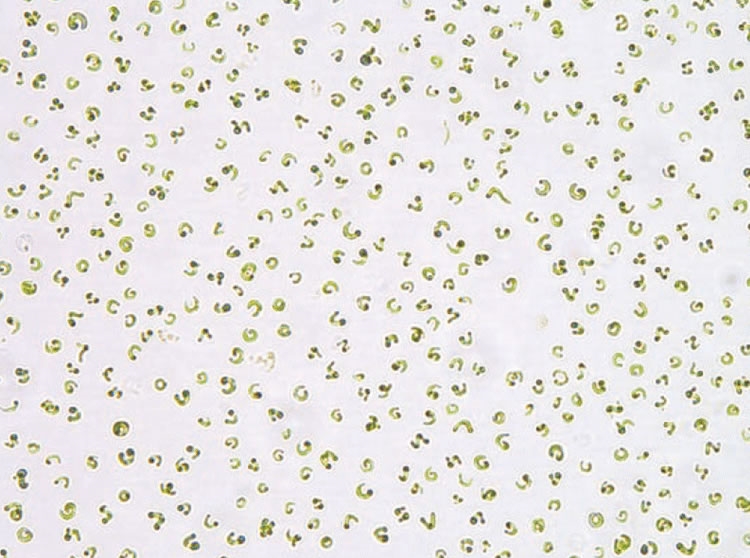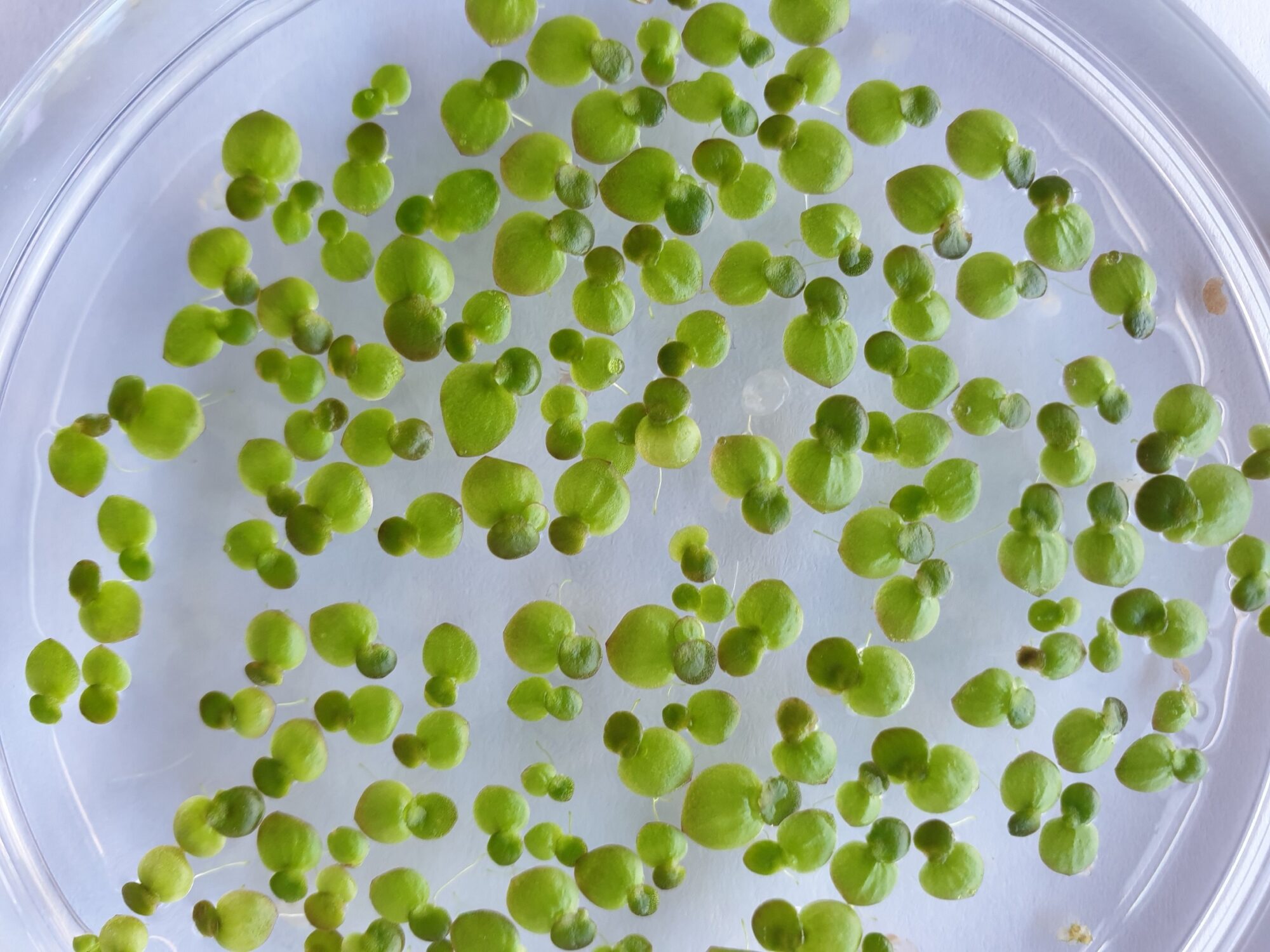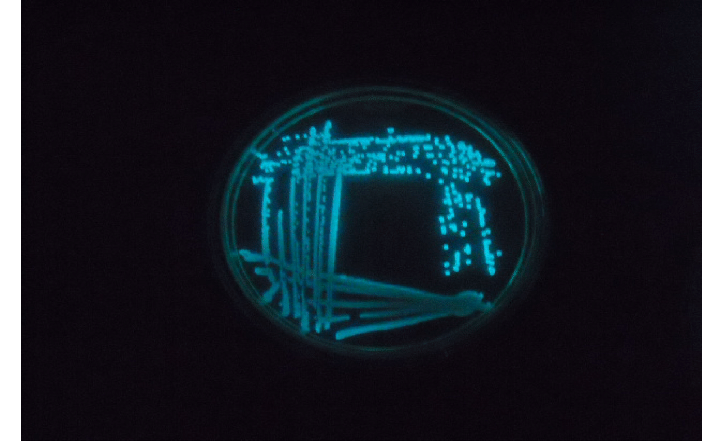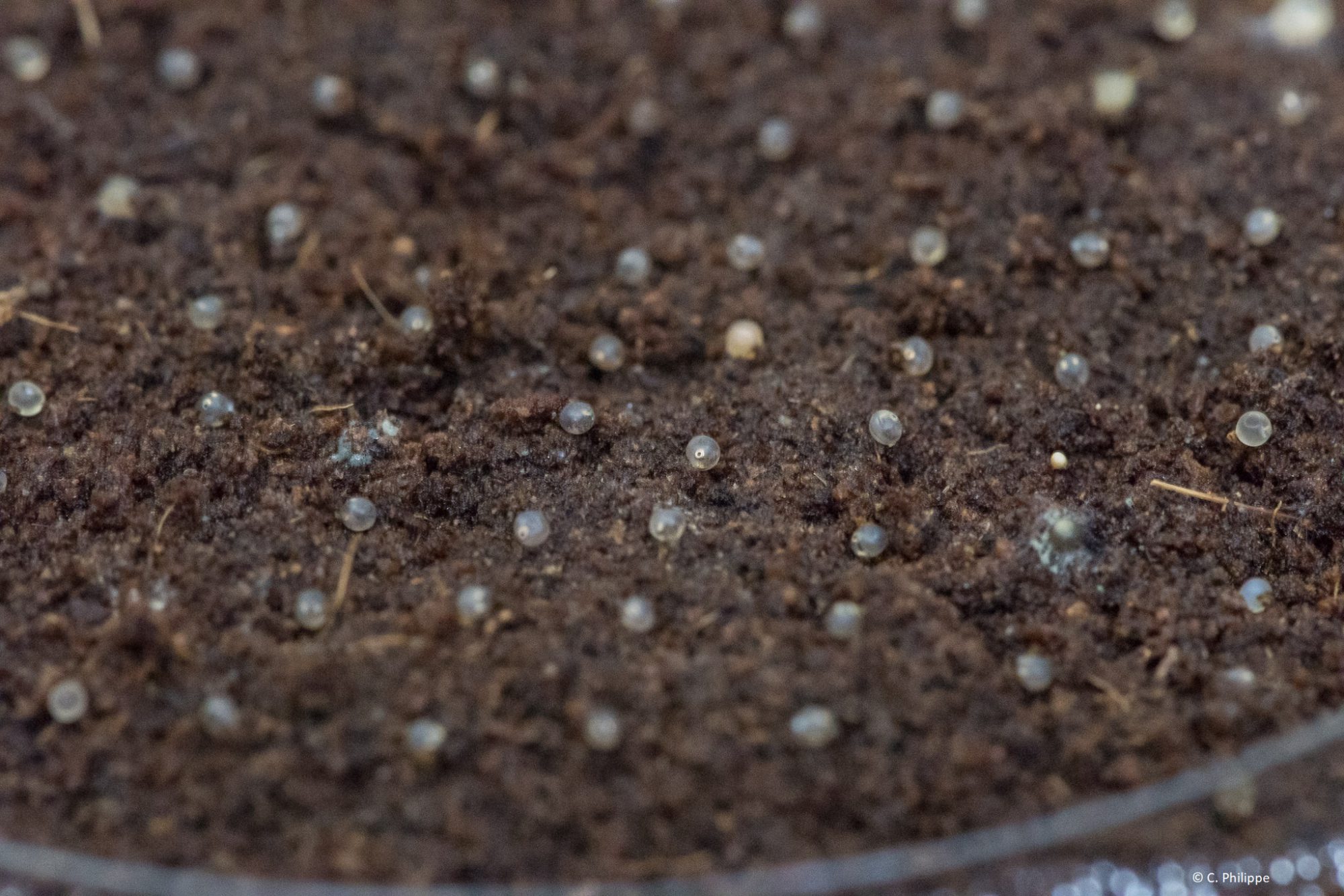Aquatic and terrestrial test biota
Aquatic and terrestrial test biota are used worldwide in ecotoxicological studies. These bioassays provide qualitative and quantitative data on adverse effects from chemicals or environmental pollutants on living organisms in acute and chronic toxicity tests.
Microbiotests provides a wide range of aquatic and terrestrial test biota that can be used for standardised and culture-independent toxicity testing , bioassay services, or for other research applications.
These freshwater, marine and estuarine biota can also be used as starter culture to maintain live stocks or as back-up in the culturing facility of environmental laboratories.
Many of these test species are identical to the test organisms used in standardised toxicity tests.
As an example, the test biota are used to study whole effluent toxicity tests under national permit and regulatory frameworks.
Ecotoxicity tests are bioassays performed to determine if either a potentially toxic compound or an environmental sample (e.g. effluent, leachate, sedimend or soil sample) causes a biologically important response in test organisms (test biota).
The endpoint(s) observerd or measured may be the number of suriving organisms (mortality), size or growth of organisms, number of eggs or offspring produced (reproduction) or any relevant biochemical (e.g. luminescence ,…) or physiological variable ( mobility, behaviour, …).
Various freshwater and marine organisms are available: daphnia, algae, rotifers, crustaceans, protozoans, macrophytes (duckweed) and higher plants.
The test biota are not provided as living cultures as such, but as dormant or immobilised test species that can be stored for months and activated (= hatched, de-immobilised or germinated) at the time of the performance of the ecotoxicological bioassays.
Depending on the test species we guarantee a shelf life of the biological material up to 6 months.
The intensive culturing of aquatic test organisms and the production of dormant eggs or immobilised test species is one of the key activities and expertise of Microbiotests.
Microbiotests certifies the highest quality of the biological material produced.
All test organisms are cultured in-house under strictly controlled conditions resulting in standardised organisms
for reliable toxicity testing and research.
Every single batch of test biota is subject to thorough internal quality control screenings and reference tests according to international standards and guidelines to guarantee the biological quality and viability of the test species.
MICROBIOTESTS TEST BIOTA
Microbiotests provides following aquatic and terrestrial test biota as described in International Standards and Guidelines for environmental toxicity testing, chemical risk assessment and other research applications.
Ciliate stocks
code TB11
5 vials with Tetrahymena thermophila ciliates (protozoan) inoculum
(freshwater tests)
Standard or Guideline :
Standardized protocol for toxicity testing / OECD method

ROTIFER cysts
code TB21
10 tubes with Brachionus calyciflorus cysts
(freshwater tests)
Standard or Guideline :
acute : ISO 19827 ; chronic : ISO 20666

code TB22
10 tubes with Brachionus plicatilis cysts
(estuarine / marine tests)
Standard or Guideline :
acute : ISO 19820

CRUSTACEAN cysts – ephippia
code TB31
10 tubes with Thamnocephalus platyurus cysts
(freshwater tests)
Standard or Guideline :
ISO 14380

code TB32
10 tubes with Artemia franciscana cysts
(estuarine / marine tests) (more than 20 tests per tube)
Standard or Guideline :
standardized protocol for acute toxicity testing

code TB33
10 tubes with Daphnia magna ephippia
(freshwater tests)
Standard or Guideline :
acute : ISO 6341 ; OECD 202 ; DIN 38412-L30
chronic : ISO 10706 ; OECD 211

code TB35
10 tubes with Ceriodaphnia dubia ephippia
(freshwater tests)
Standard or Guideline :
acute : US EPA 2002.0
chronic : US EPA 1002.0 ; ISO 20665

code TB36
10 tubes with Heterocypris incongruens cysts
(freshwater sediment contact tests)
Standard or Guideline :
ISO 14371

MICRO-ALGAE stocks
code TB41
5 tubes with Selenastrum capricornutum algal beads
(syn. Pseudokirchneriella subcapitata / Raphidocelis subcapitata )
(freshwater tests) + de-immobilization medium
Standard or Guideline :
ISO 8692 ; OECD 201 ; DIN38412-L33
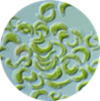
code TB42
5 tubes with Phaeodactylum tricornutum inoculum
(estuarine / marine tests)
Standard or Guideline :
ISO 10253

PLANT SEEDS
code TB61
code TB62
code TB63
10 tubes with Sorgho seeds ( Sorghum saccharatum )
10 tubes with garden cress seeds ( Lepidium sativum )
10 tubes with mustard seeds ( Sinapis alba )
Standard or Guideline :
ISO 18763 ; ISO 11269-1 ; ISO 11269-2 ; OECD 208
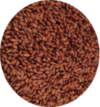
DUCKWEED TURIONS
code TB73
5 tubes with Spirodela polyrhiza turions
(freshwater tests)
Standard or Guideline :
ISO 20227

LUMINESCENT BACTERIA
code BIO2006
code BIO2007
BioLight Multi Test, Freeze Dried Bacteria of Aliivibrio fischeri* (10 vials/box)
Standard or Guideline : ISO 11348-3 and ISO 21338
BioLight Single Test, Freeze Dried Bacteria of Aliivibrio fischeri* (50 vials/box)
Standard or Guideline : ISO 11348-3 and ISO 21338
* formerly known as Vibrio fischeri
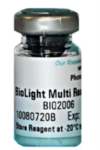
NOTHOBRANCHIUS FURZERI
code TB81
100 embryonic diapause eggs of the African Turquoise Killifish
– Nothobranchius furzeri strain ‘GRZ’ –
Model vertebrate organism in : ageing research , genomics , regenerative medicine,
behavioural studies , developmental biology and ecotoxicology

